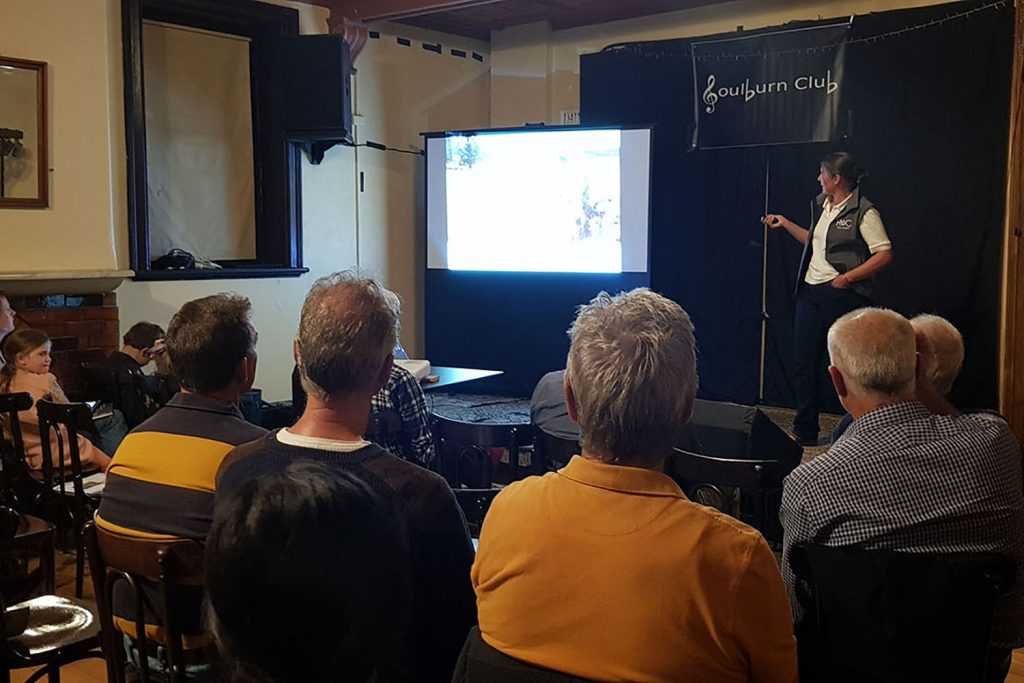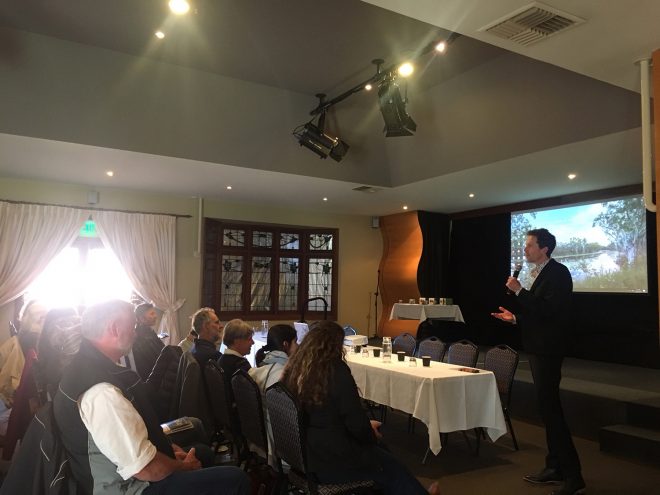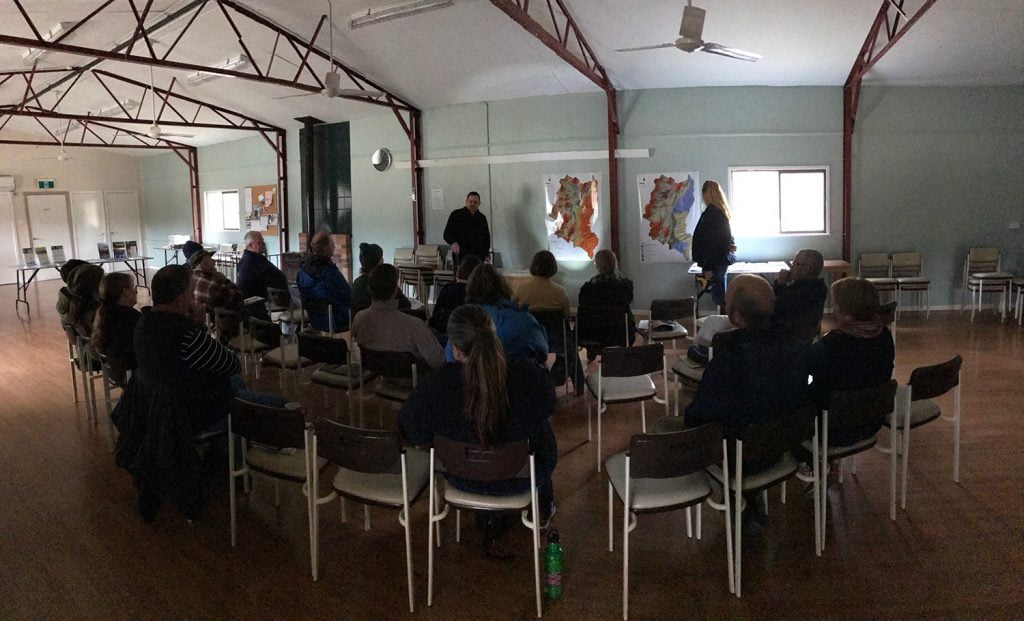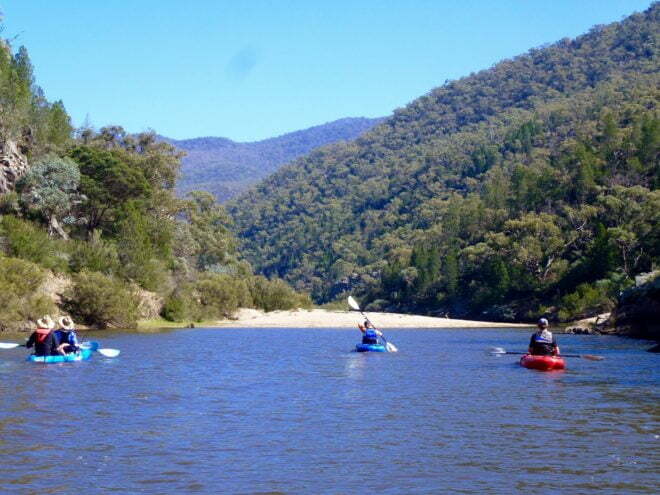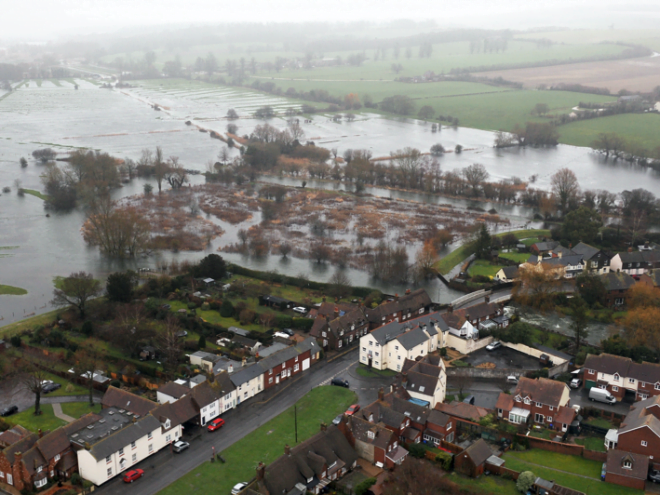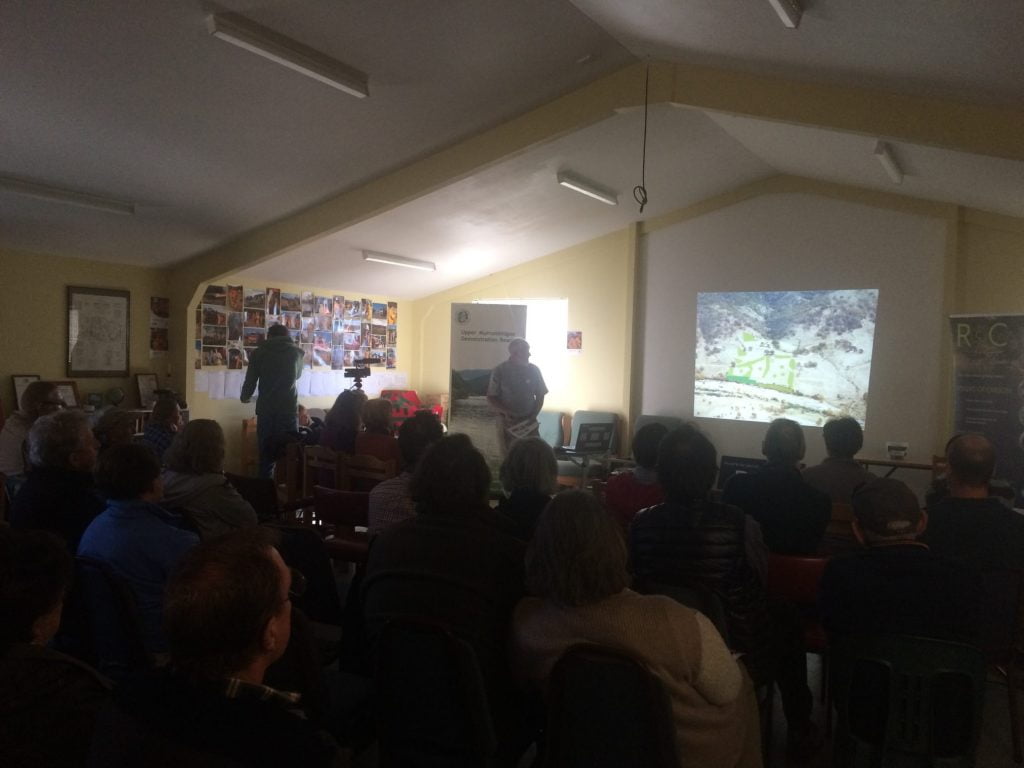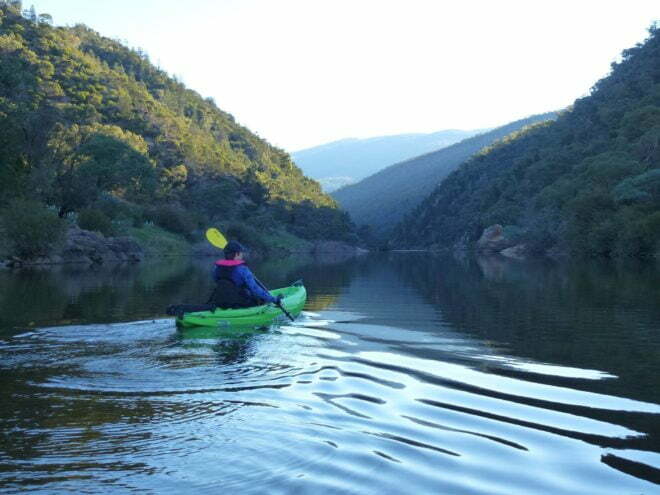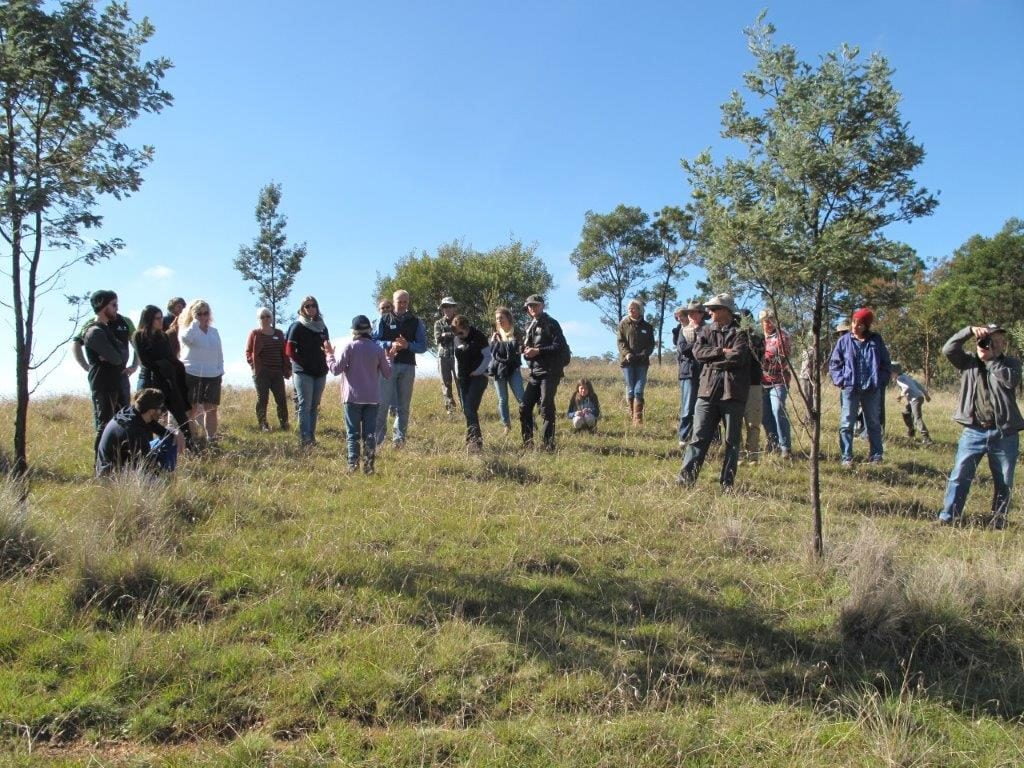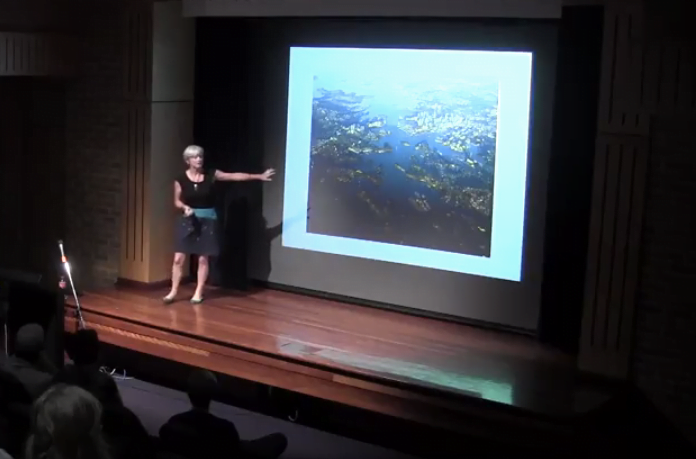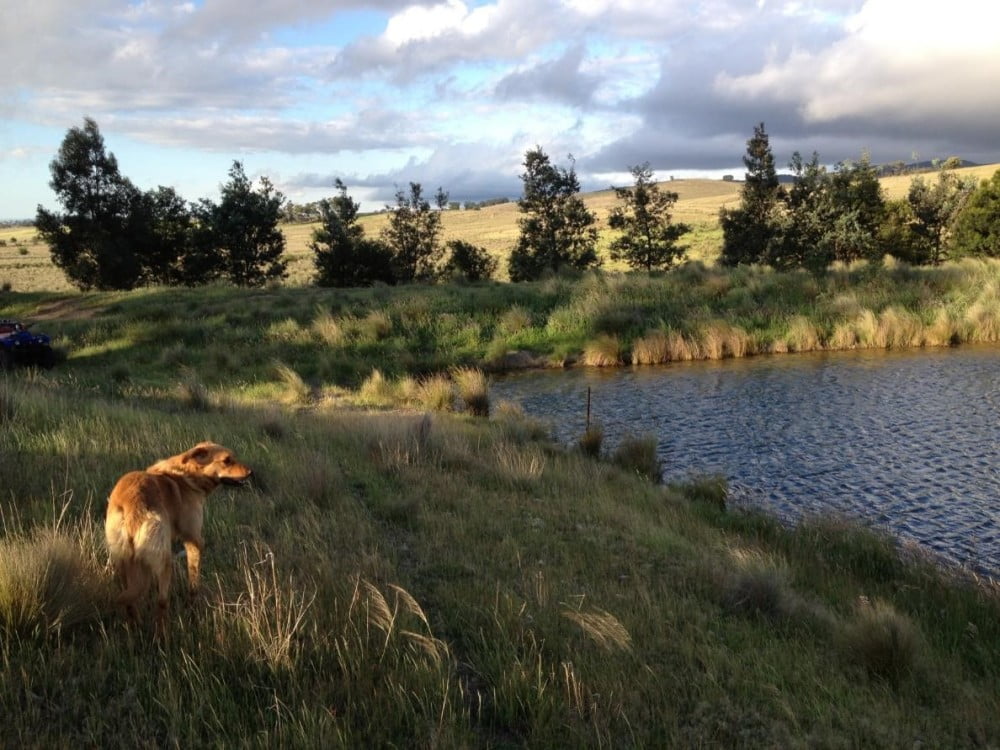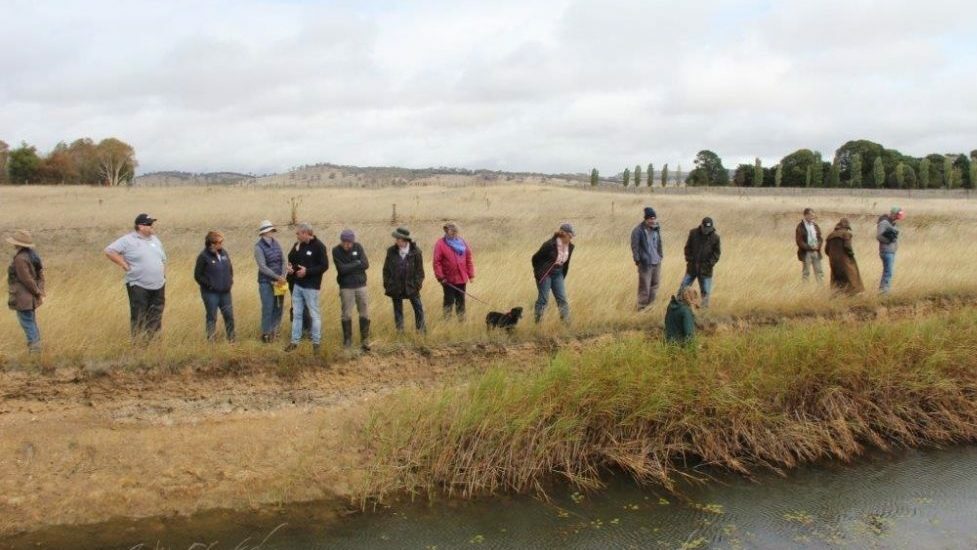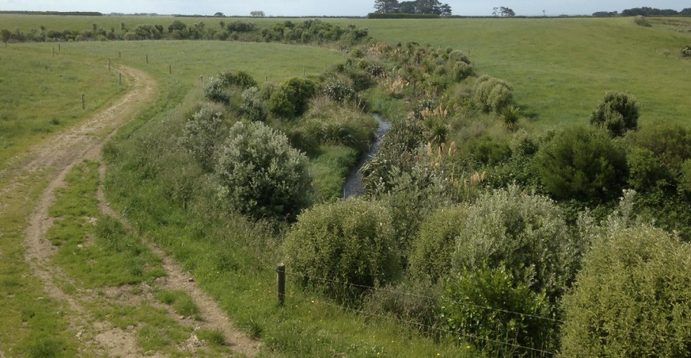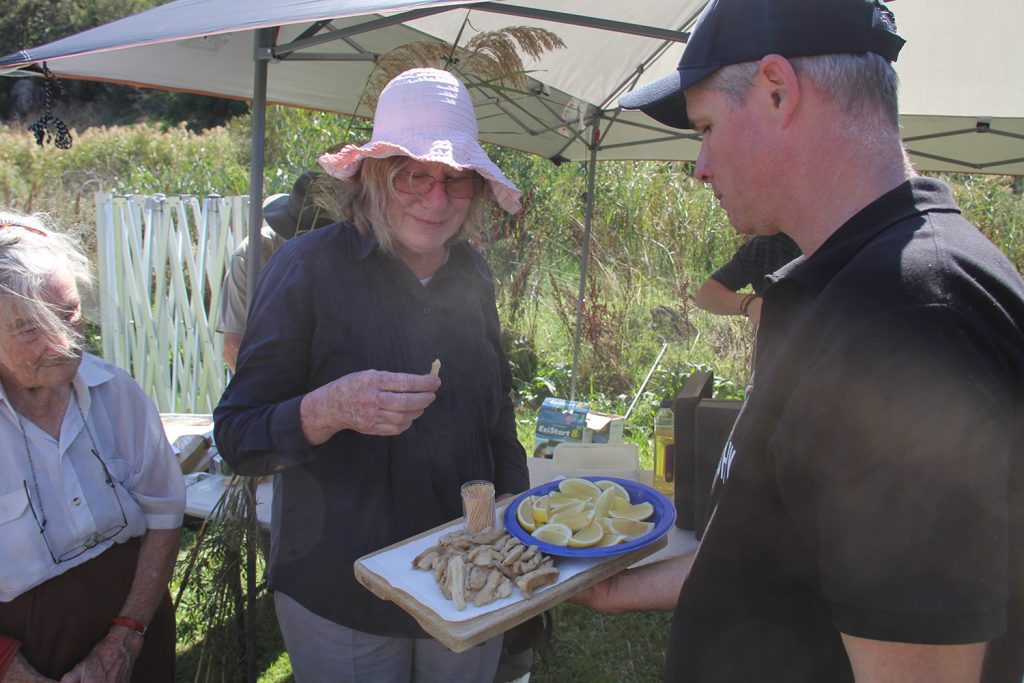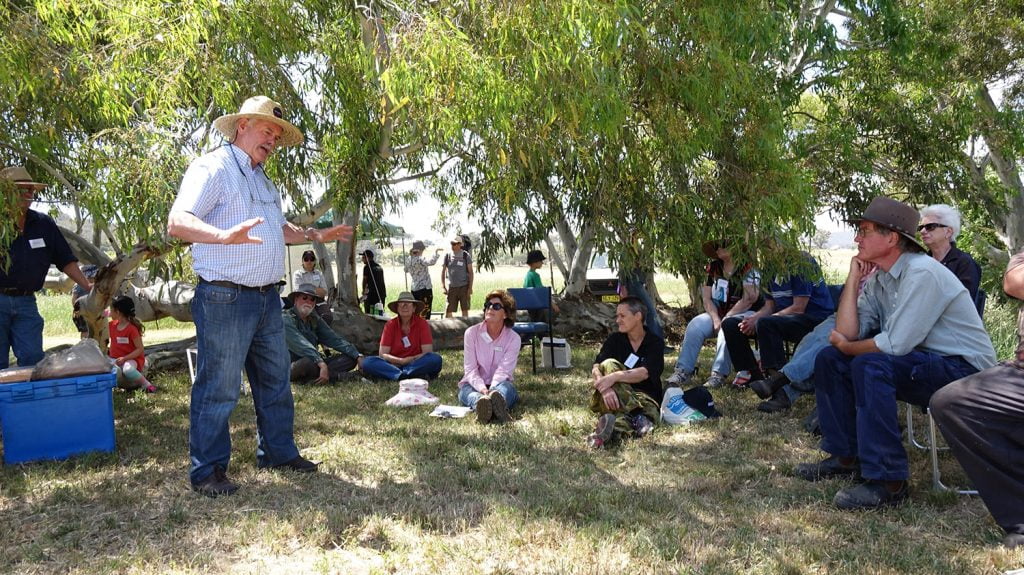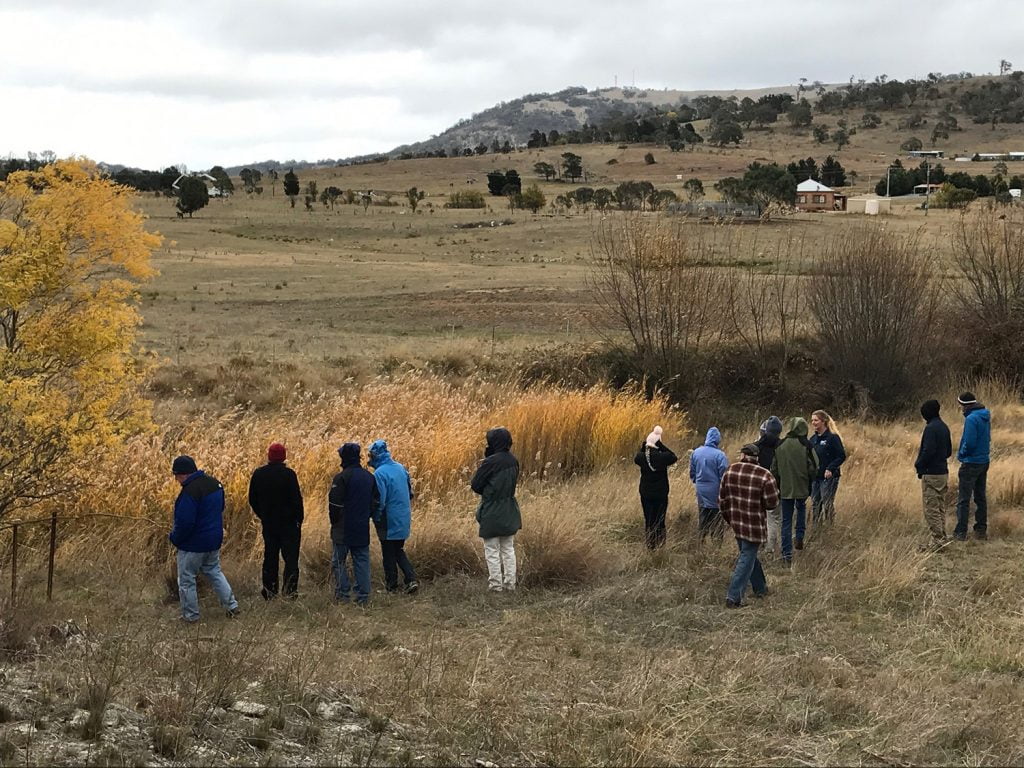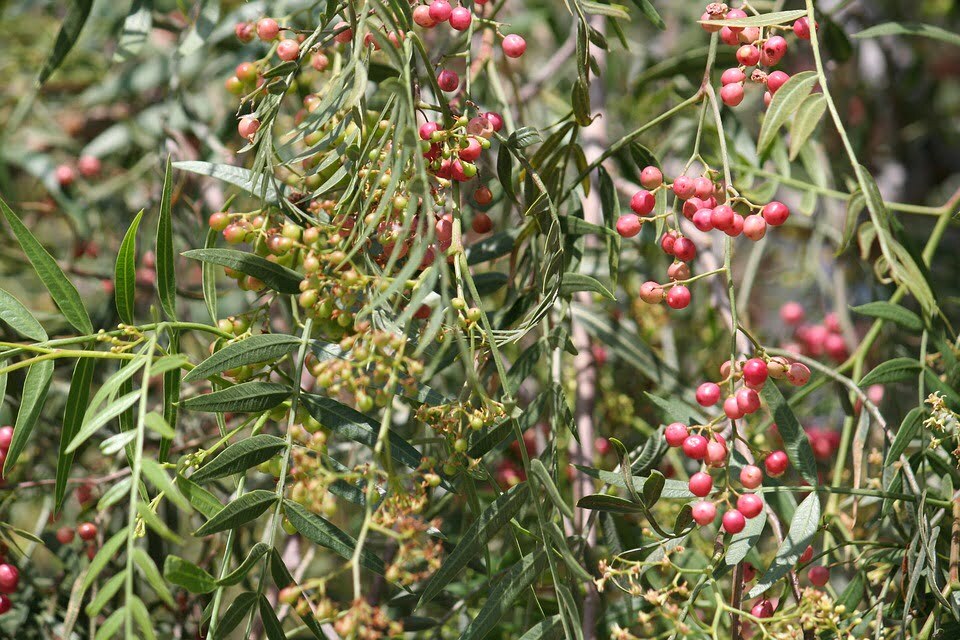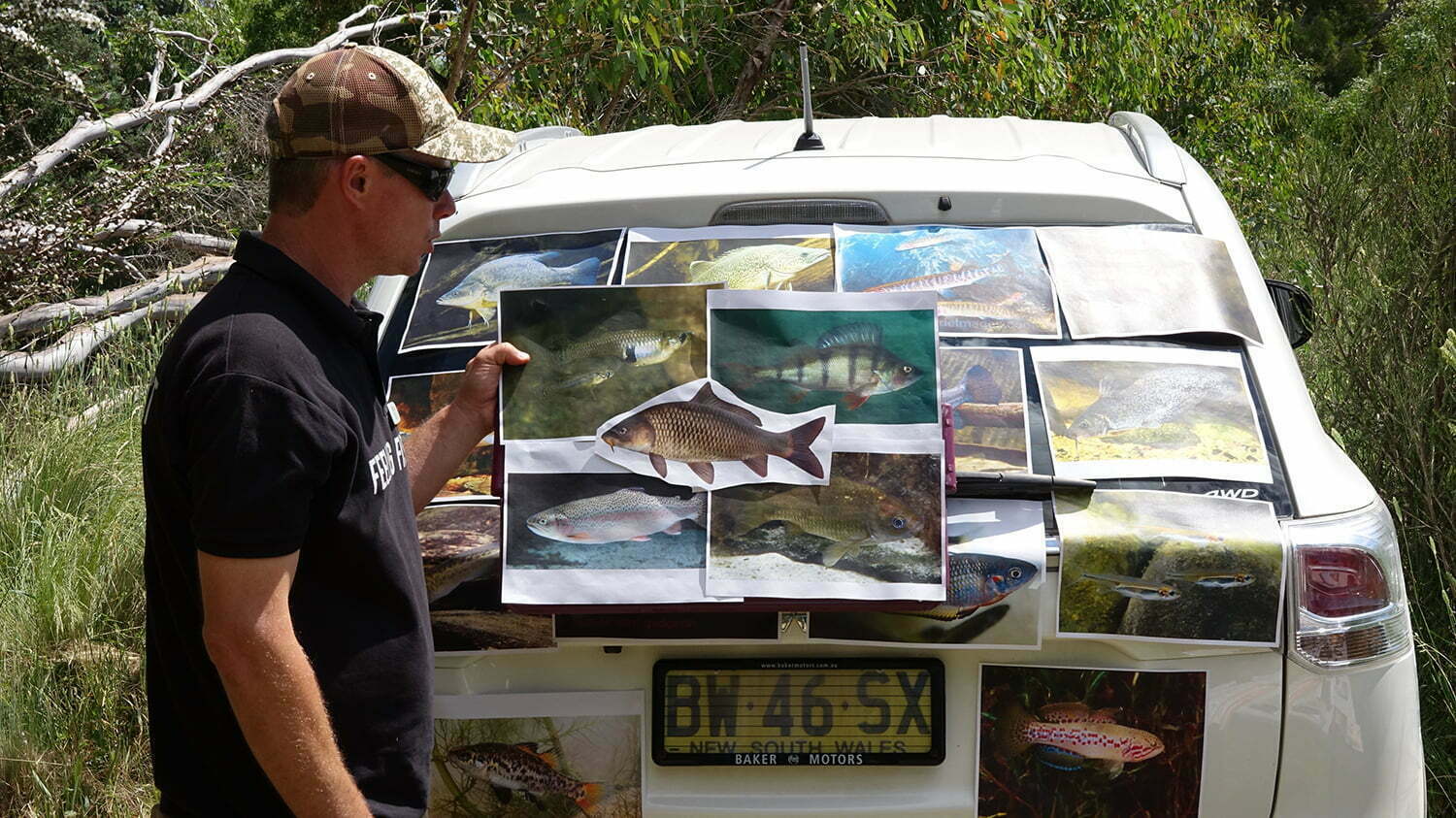
“There has been an incredible transformation in some sections of the stream from a willow clogged, stagnant mess, to a stunning looking natural Australian river system, complete with large complex wood debris, fantastic riparian vegetation, pools, riffles, cobble beds, fringing and submerged aquatic vegetation, ideal habitat for all manner of native fish.”
– Luke Pearce
Quotes like the one above from our colleague Luke Pearce who is reflecting on our work with landholders in the Yass catchment, are why we do the work we do. Luke is talking about a transformation that enables riparian areas to fulfil the range of social, cultural, economic and environmental values they provide. Our Rivers of Carbon Approach is one that considers all of these values, and every landholder we work with has different motivations for becoming part of our team. We enter into a relationship with landholders of respect, and discuss with them what they want to achieve, and how we can work together to accomplish their goals. Our motivation is to protect and restore riparian areas so that they can provide multiple values and benefits to the people, plants and animals that rely upon them.
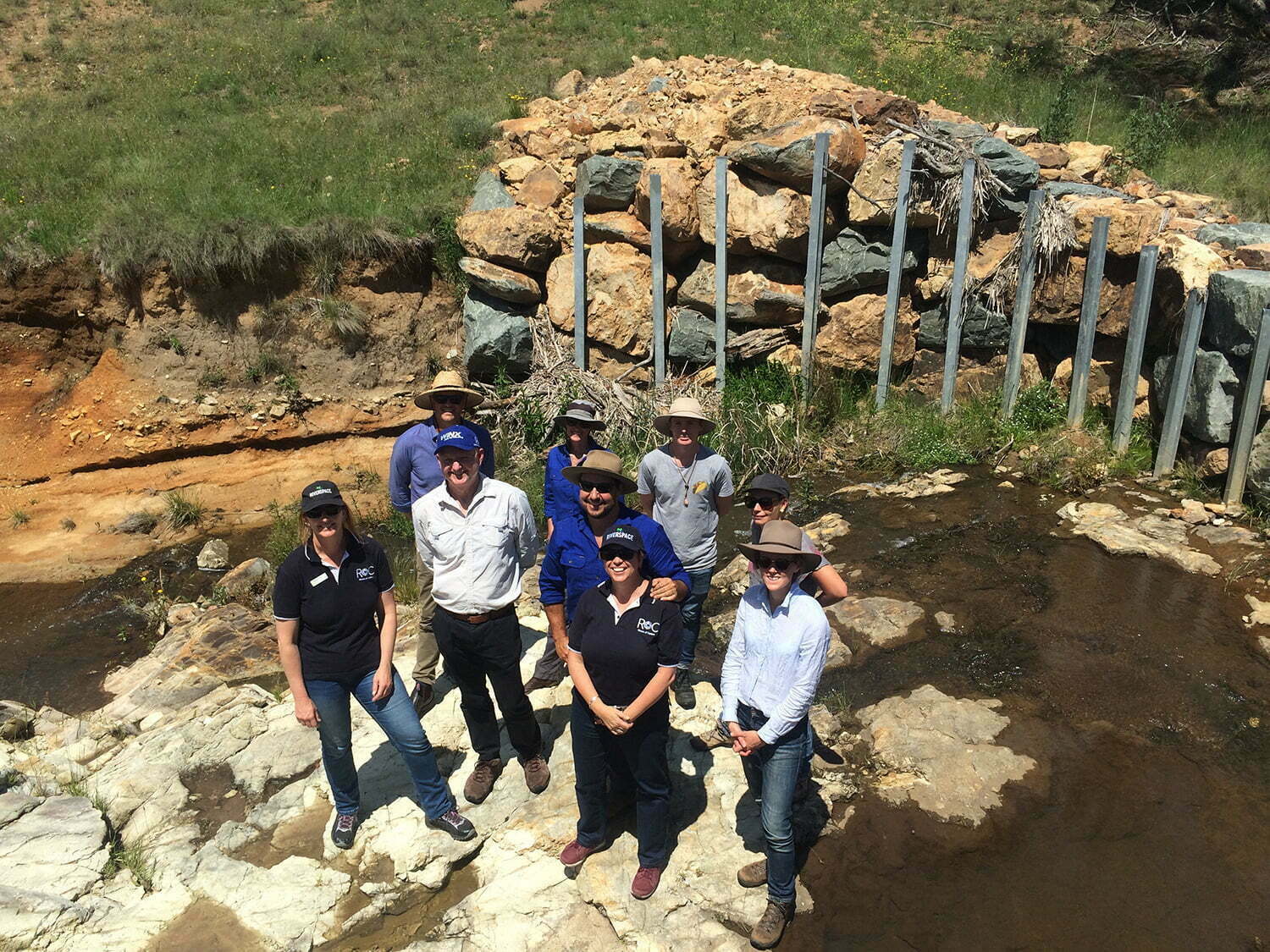
So what do riparian areas do?
Riparian vegetation protects streams by slowing surface runoff, absorbing nutrients and trapping sediment and other contaminants before they reach the water. This vegetation protects stream beds and banks, protecting them from different types of erosion. It also provides shade, reducing light levels and water temperatures, and preventing the excessive growth of nuisance plants and algae. Riparian vegetation is an essential source of the food that underpins native aquatic ecosystems in the form of leaves, twigs, fruit and insects. The large pieces of wood that fall into streams and undercut banks protected by plant roots also provide crucial aquatic habitat.
Riparian vegetation can also protect and enhance adjacent agricultural production. It buffers crops and pastures from the wind and windborne materials, and provides habitat for beneficial animals such as insect pollinators and predators of pests. Livestock can shelter from harsh weather and graze understorey grasses and shrubs in riparian land: gain shade during hot seasons and shelter from wind during cold weather, are vital for survival and for optimal growth and production of domestic stock in many parts of Australia. Riparian vegetation itself can form part of the farm’s production system, sequestering carbon. supplying wood products like timber, poles, posts, firewood and charcoal, or non-wood products like seeds, essential oils, foliage, honey, bushfoods and pharmaceuticals.
It is for these reasons, and many more, that Rivers of Carbon focuses on riparian zones as vital parts of our landscape, able to mitigate climate change impacts, boost biodiversity, sequester carbon and, importantly, promote wellbeing. Based on the many years of science and practical experience of managing rivers and riparian zones, we following these seven steps when going out on-site to talk with landholders about how we can work together:
1. Protect first, restore second
It is easy quick and cheap to damage natural streams. It is hard, slow, and expensive to return them to their original state. Usually we are not capable of returning anything approaching the complexity of the natural system. For this reason, the highest priority is protect streams in good condition first by, for example, putting up fence so stock cannot damage the area.
2. Prioritise high recovery trajectory sites (best bang for buck)
Restoration is an effort to artificially return the fundamental elements of the original (pre-European) stream, either by direct intervention, or by hastening the recovery process. When choosing where to focus restoration efforts, we look for streams that will be able to recover as a result of interventions like fencing, replanting, small scale erosion and off-stream watering. Damage to some stream systems may be permanent, taking hundreds of years to recover, whereas resilient systems may recover within years.
3. Connect to remnant vegetation
When we restore a reach of river we are wanting to boost biodiversity across a range of animal and plant communities, not just a single species. We also want to link the riparian area to the wider landscape it is a part of so that animals can move more freely. Intact vegetation also provides seeds and microorganisms to repopulate the sites being restored.
4. Allow and accept that the river needs to move
Rivers need to be messy and have ‘room to move’, so that they can perform a range of functions, providing habitat and food for a wide range of animals, as well as having a range of flows and movement. Disturbance and movement is really important for rivers, creeks and streams, as the beds of rivers need to ‘turn over’ so that the water is oxygenated, and pools and riffles are formed. Rivers and streams also need to be able to have room so that in high flows the water can spill out over the banks, creating a pulse of life for floodplain plants and animals. It is for this reason that we encourage our landholders to fence back at least 20 metres on either side of their watercourse.
5. Remove stock, stabilise, revegetate and manage weeds
The single greatest action we can take to restore our rivers is to control stock access. Stock trample sensitive riparian vegetation causing erosion, with their hooves mobilising sediment so that it enters the stream. In addition, stock congregating around water poo and urinate causing poor water quality for downstream users. Once stock are managed, bank stabilisation using revegetation can take place to start the process of restoration. In the early stages of restoration managing weeds like willows and blackberries is a priority until native vegetation is well established.
6. Give nature time to heal, and trust in that process
Nature is incredible when given the opportunity to heal. Sites that we are restoring do so over decades, with the first few years often showing little by way of change. We advise landholder to trust in the process, keep taking photos, and gradually, particularly if seasons are good and we have rain, those plants will grow and the site will be transformed.
7. Seek support and inspiration from others
When we share what we know, and offer encouragement and inspiration to each other, we can accomplish great things. At Rivers of Carbon we like to share what we have learnt with anyone who is interested, as it is when we talk to others that our knowledge becomes broader and richer. We learn as much from those we work with as we give, and it is this philosophy that guides us in all that we do.
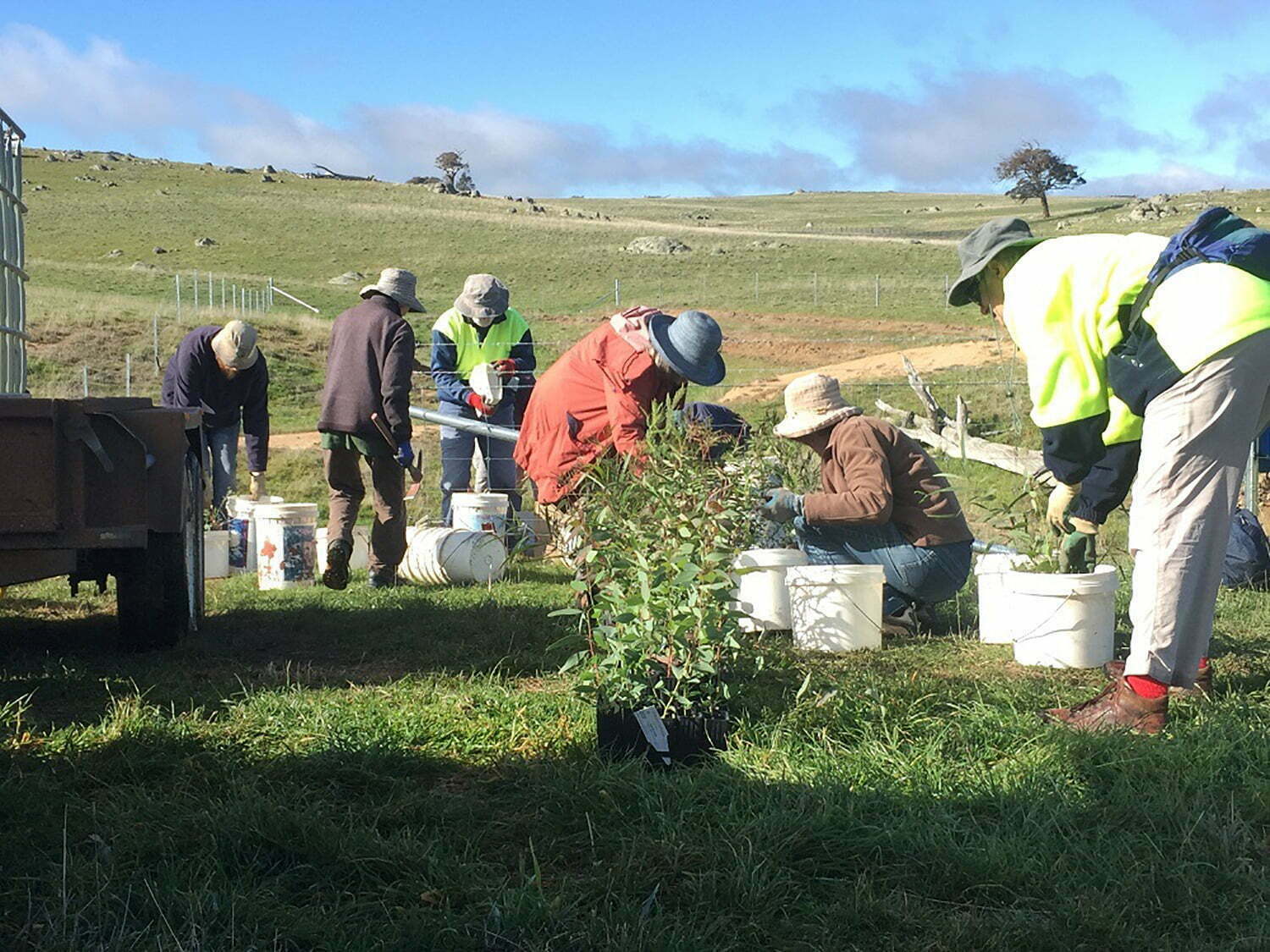
We encourage people to see how we bring our approach together through our ‘Community Conversations’ where we bring scientsts and landholders together to talk about different aspects of riparian management. You can explore some of these events by following the links below, and if you would like to join in please subscribe to the Australian River Restoration Centre’s free monthly email newsletter or follow our Facebook page.
